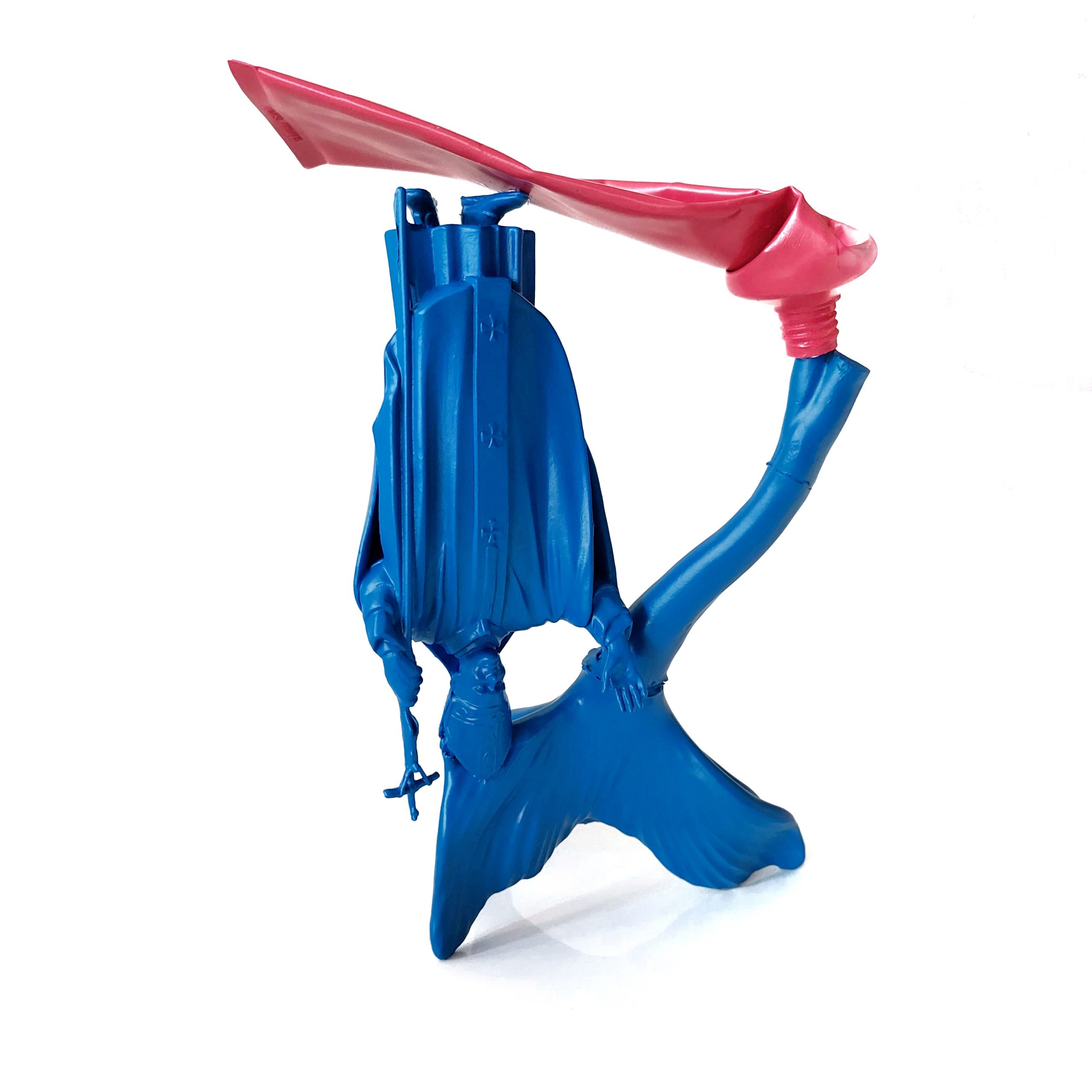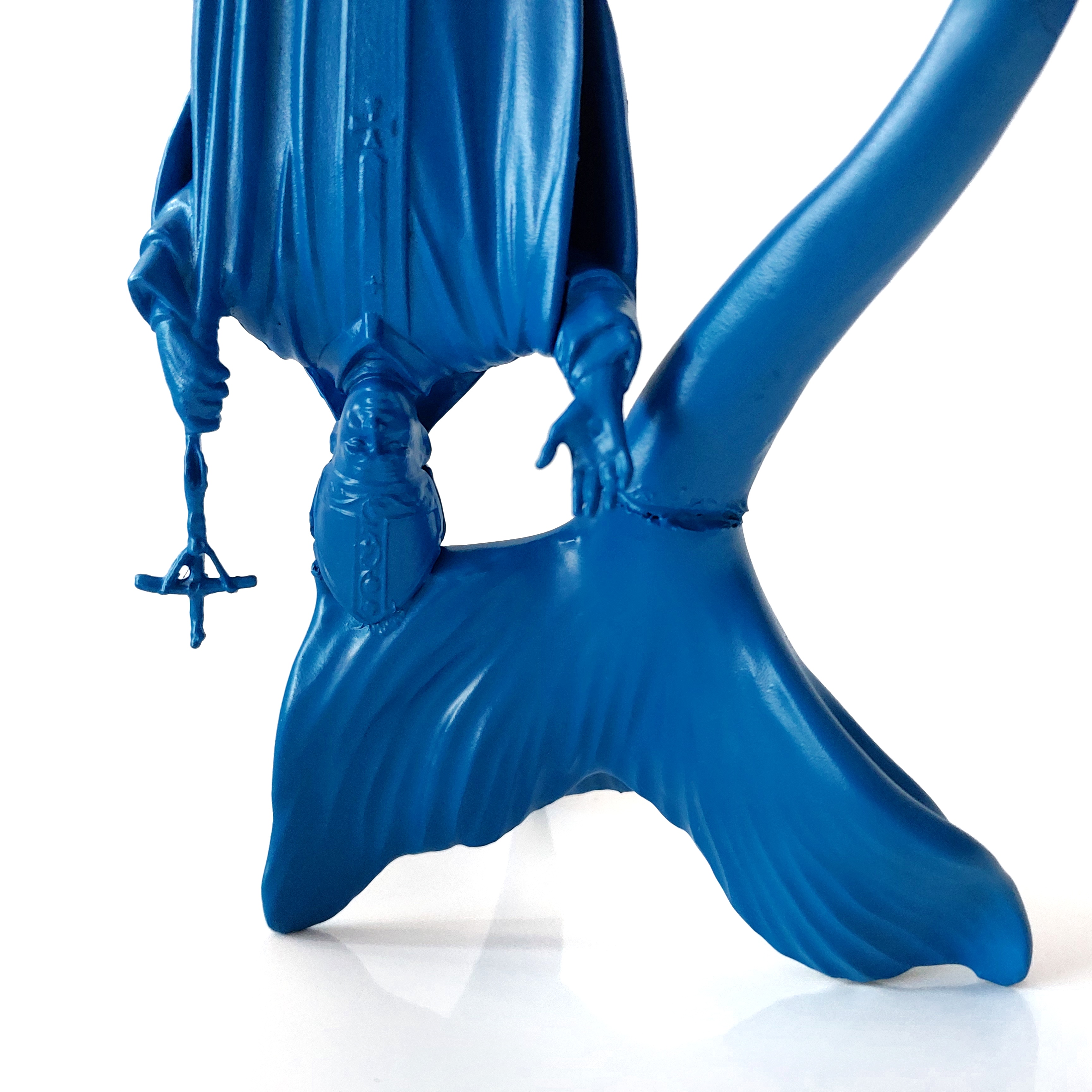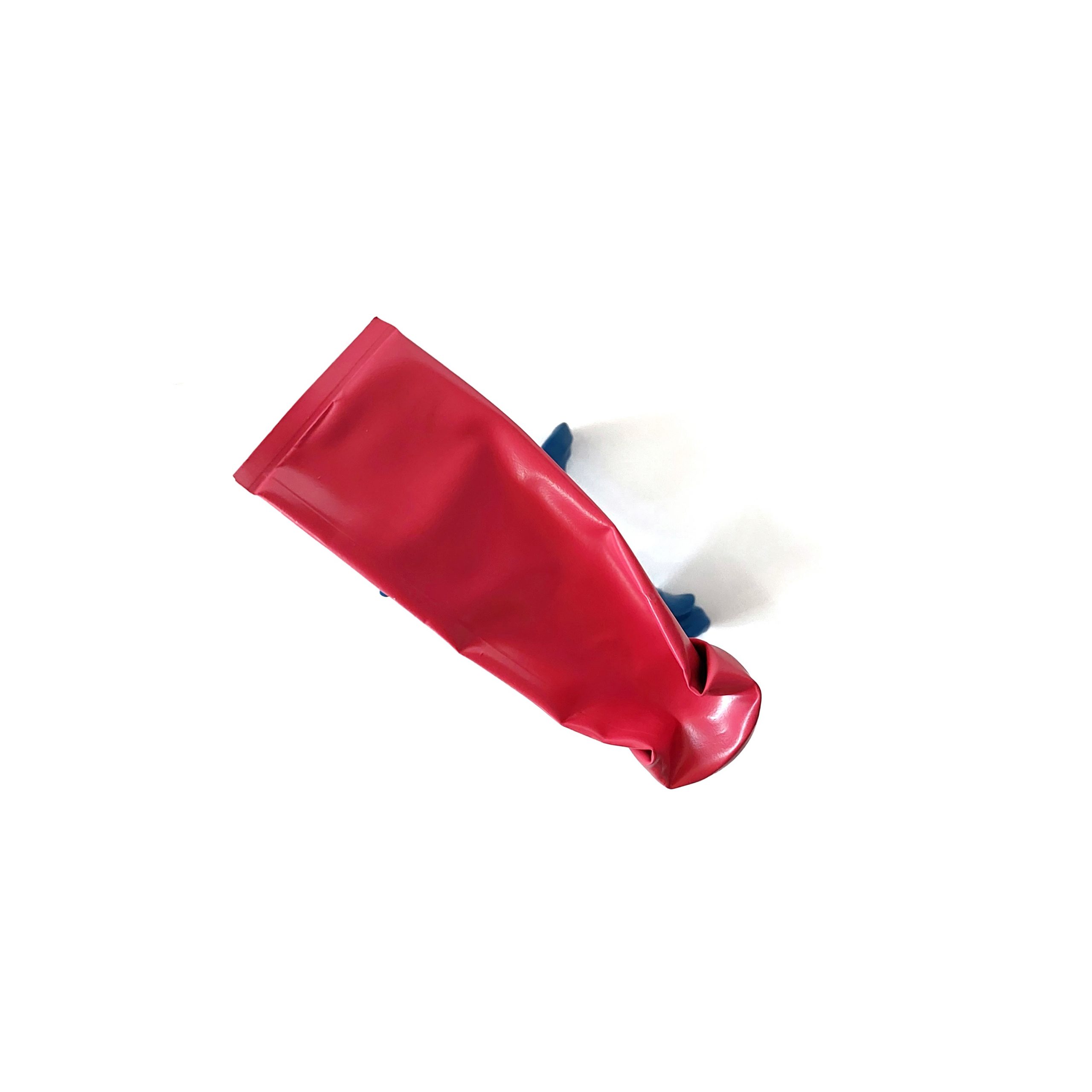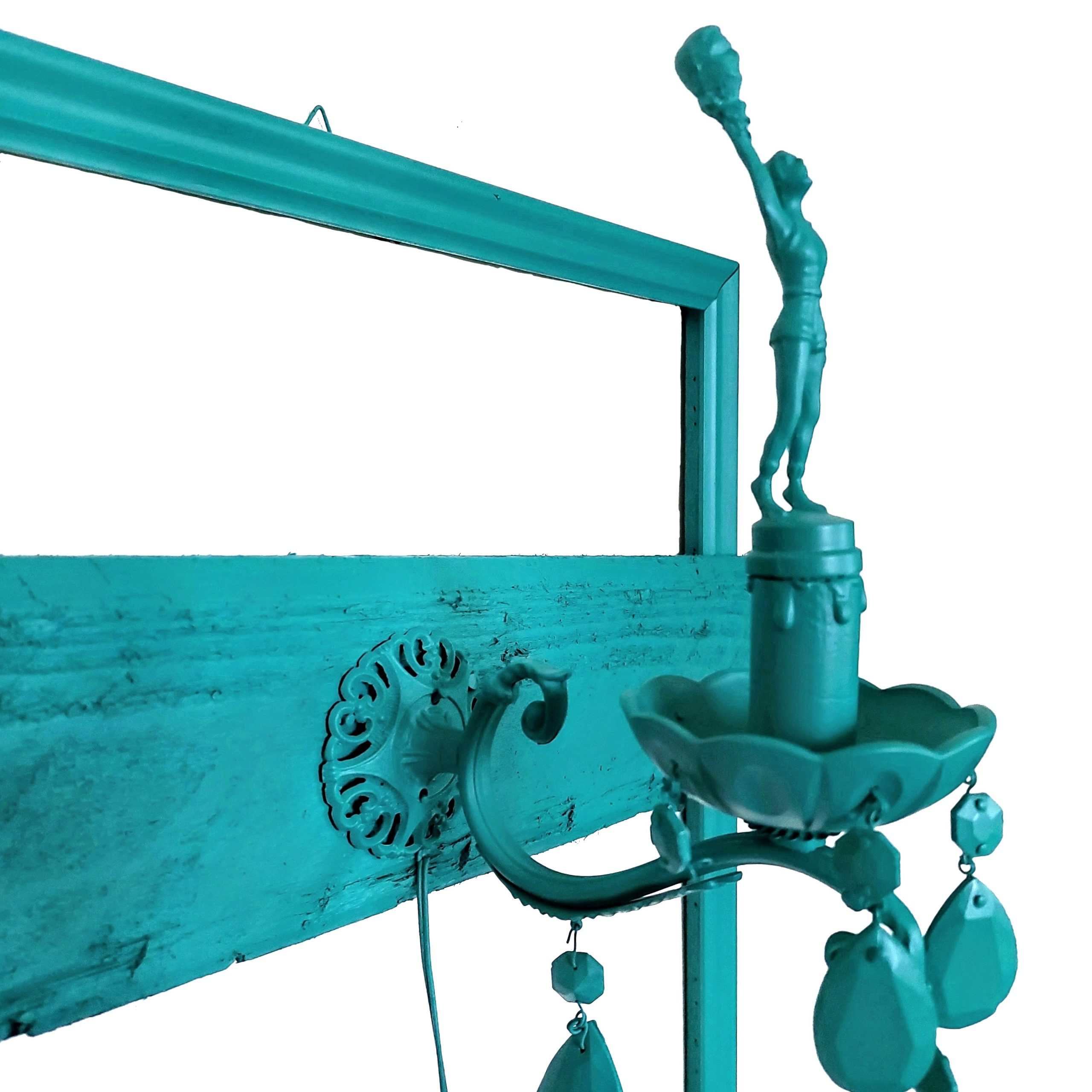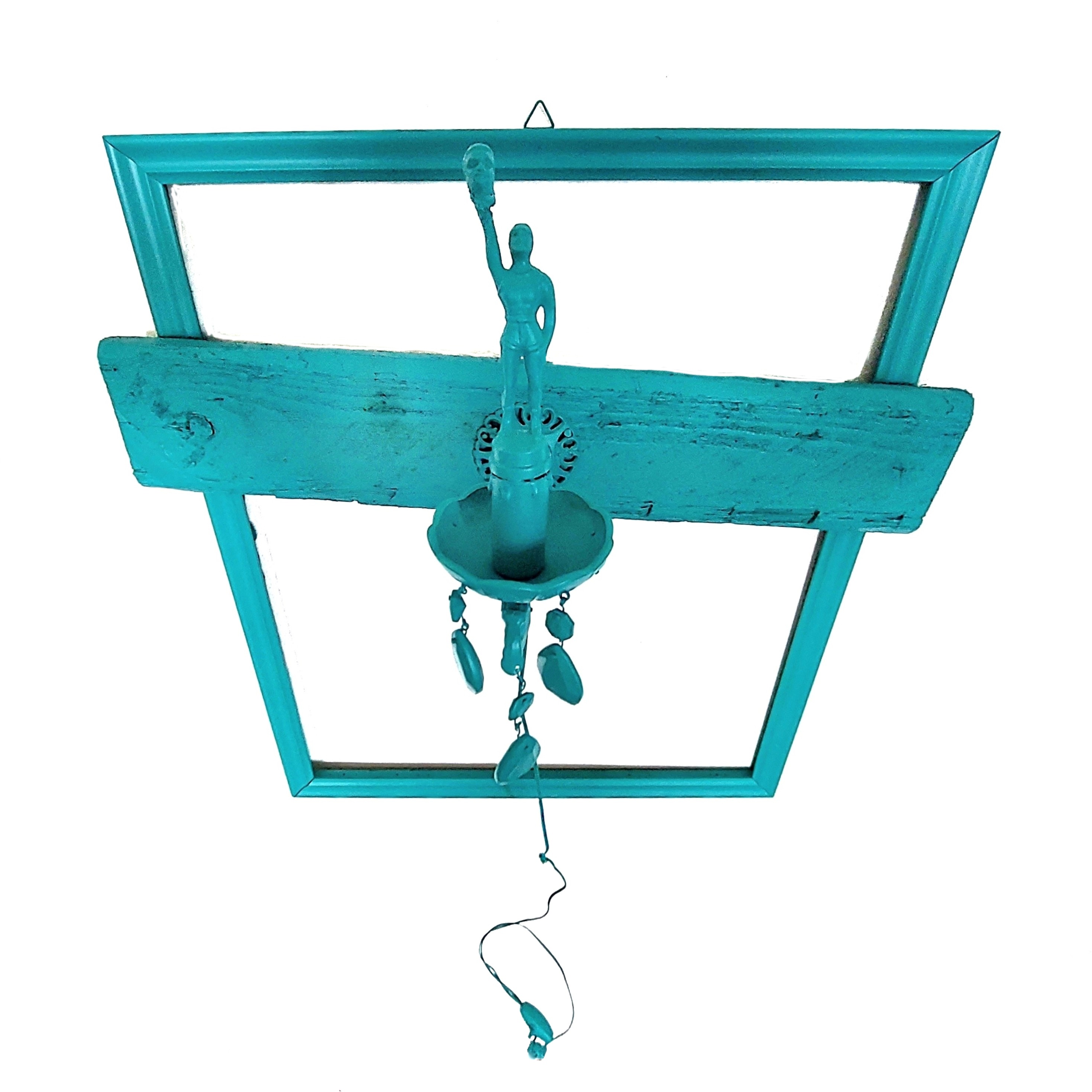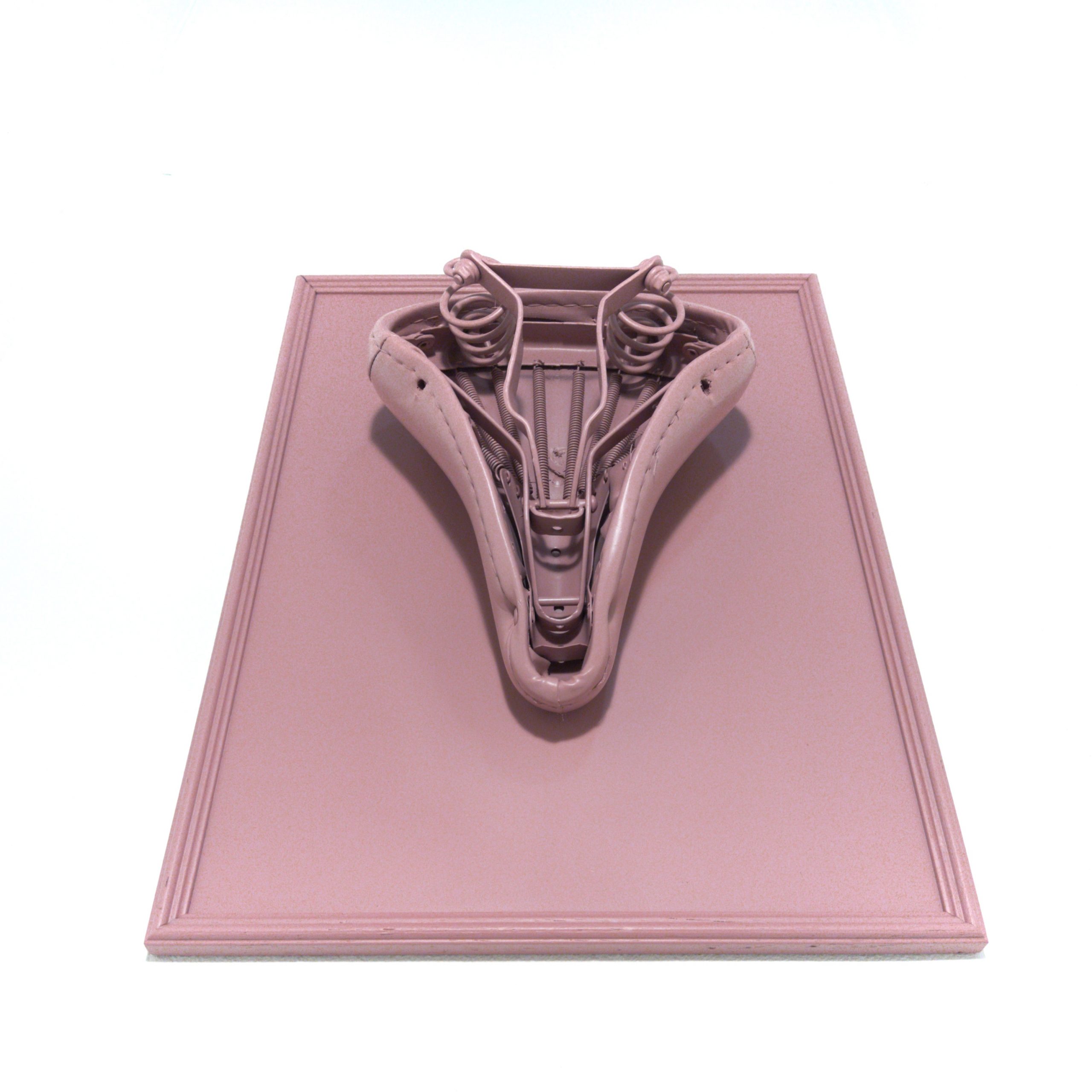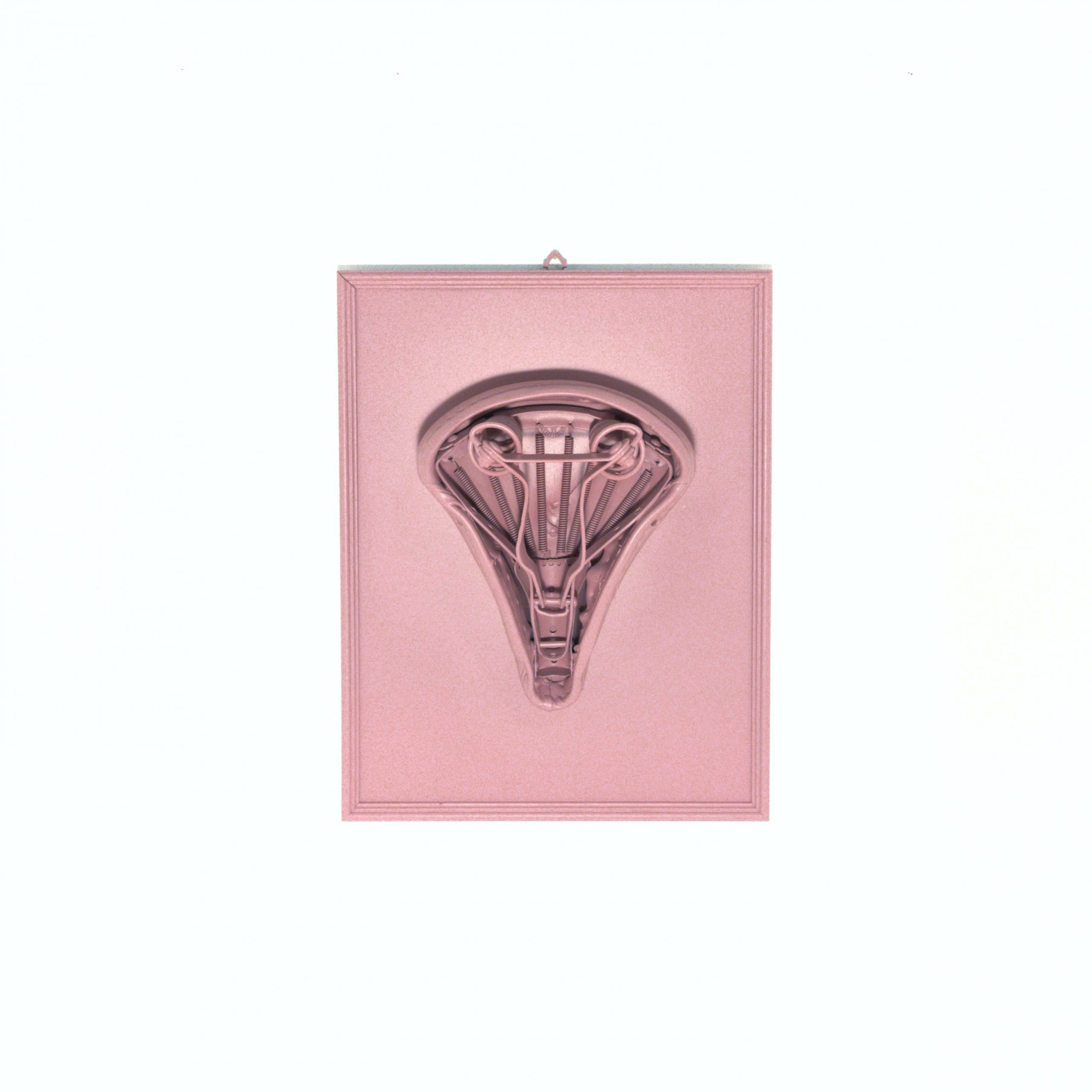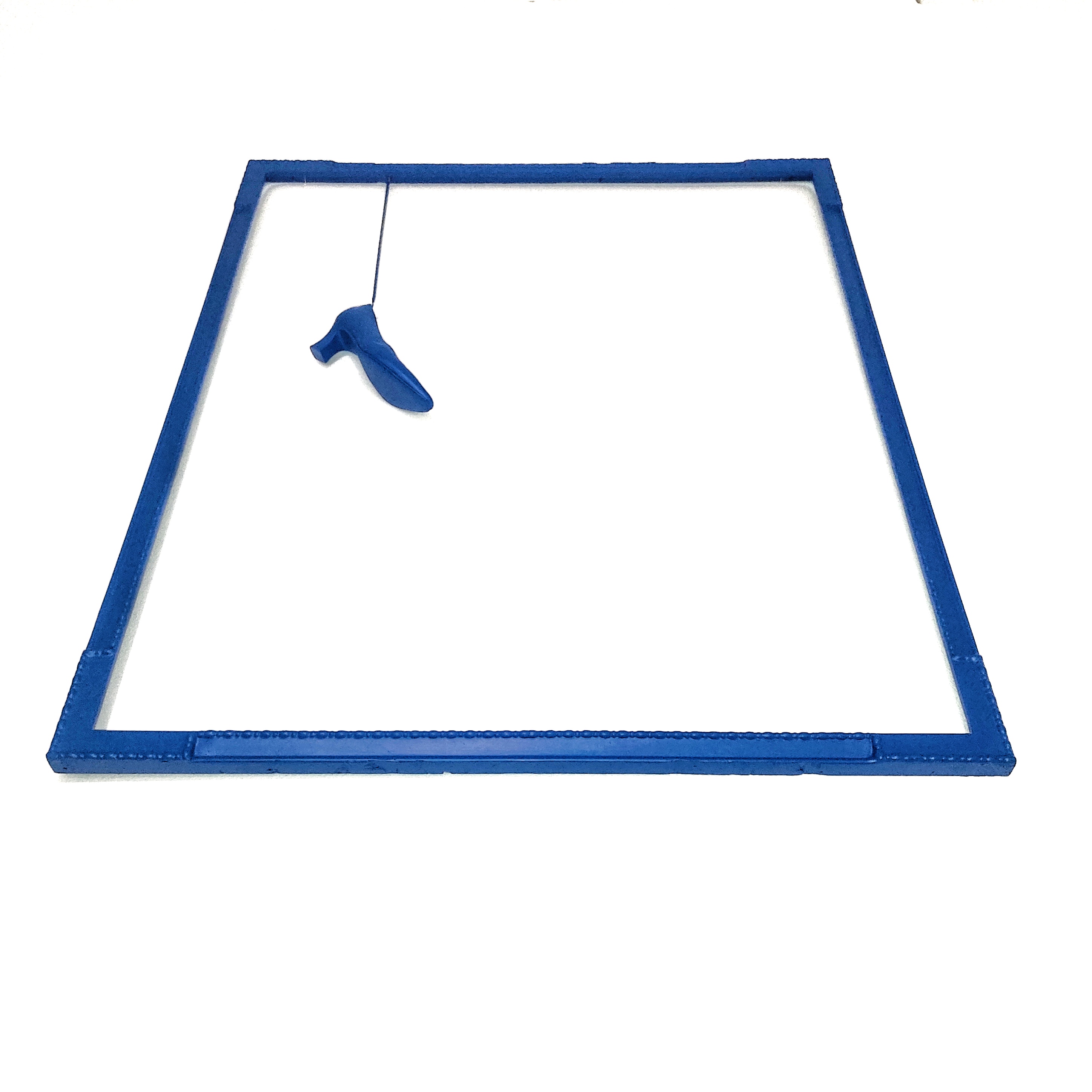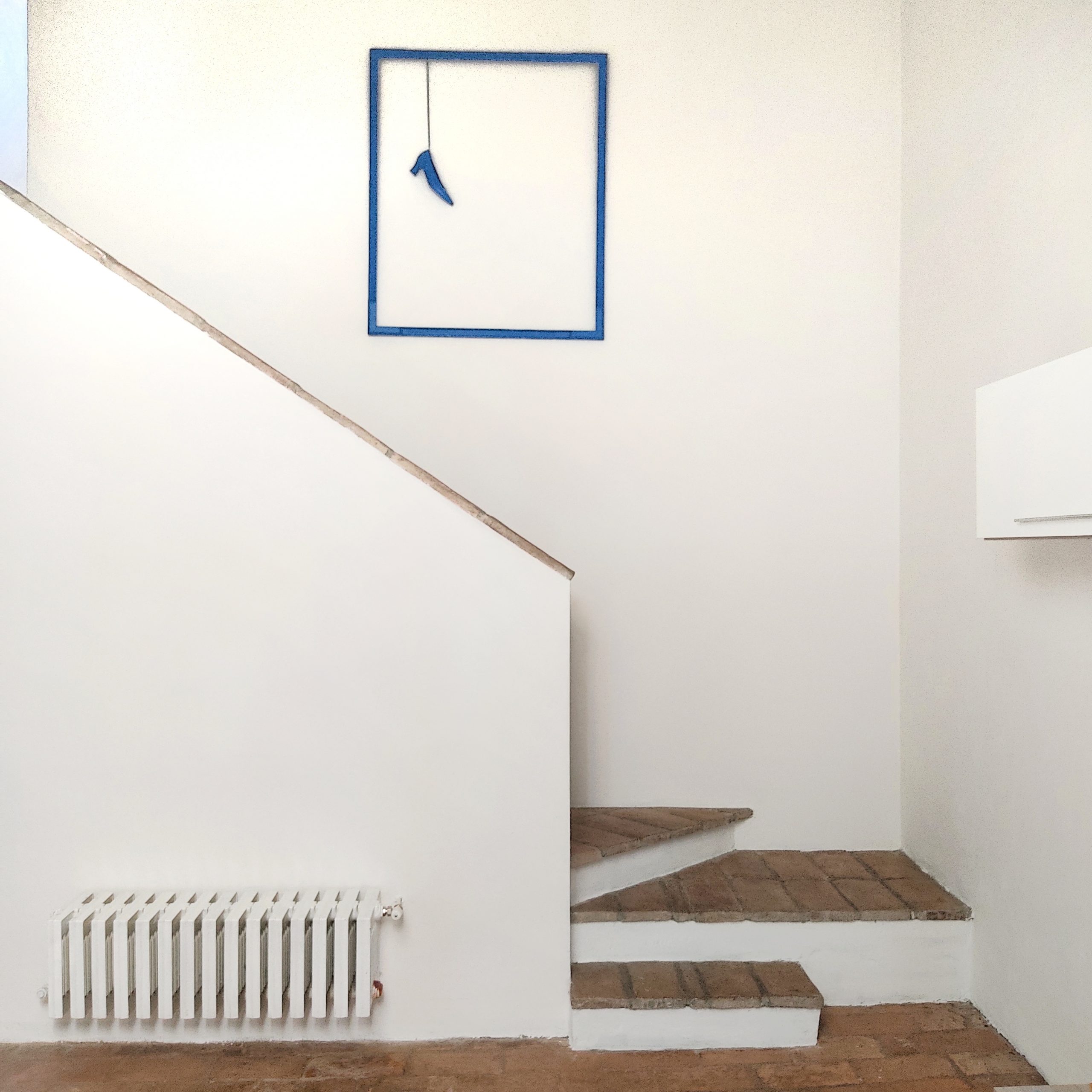Works
1.-3. Almeno ci siamo
Mixed media
10x10x20 cm
2021
Kollaboration mit Marco Baldini
4. / 5. Macchina delle memorie
Mixed media
45x130cm
2022
6. / 7. Try to be Mensch
Mixed media
32x45cm
2020
8. / 9. Zwei Enden in Sicht
Mixed media
115×150 cm
2021
Biography
Simon Felix Haas was born in 1992 in Schärding am Inn (Austria).
He studied Germanistics and History in Salzburg and Linz. Main focus of the studies lied on the discourse analysis and literary studies of the topic of the evil in literature. Since 2018 he studied Sculptural Conception and Ceramics at the art university of Linz. Currently lives and works in Montpellier, France.
Exhibitions
2019 Rundgang Kunstuniversität (Group), Linz (AT), Strafsachengalerie
2020 Ab heute nur noch Dosenbrot (Solo), Linz (AT), WHA-Galerie
2020 La belle époque der Einsamkeit (Solo), Reggio Emilia (IT), Galleria Spazio Aperto
2020 X-treme (Group), Berlin (GER), online exhibition curated by Dr. Phil. Lily Fürstenow- Khositashvili
2021 La belle époque der Einsamkeit (Solo), Reggio Emilia (IT), Interno Tre
2021 Phidias Modern and Contempory 2021 Art Gallery, Reggio Emilia (IT) Visioni (Group), online exhibition, VAM Gallery (IT)
——–
On the recent works by Simon Felix Haas
Objects tend to have a strange power over us. The increasing commodification of art in the recent decades has irrevocably contributed to the commercial hype around art objects and to the conventions of their display. In his recent tableaux Simon Felix Haas rethinks the tradition of ready- made in art.
By framing fashionable and decorative mass production objects the artist mimics forms of high-end design and display. His repertory of forms involves immediately recognisable symbols of desire, products of mass culture, phallic forms, fetischistic clichés that cause chains of associations. These dysfunctional commodity sculptures mounted onto decorative picture frames are informed with ambivalence.
The psychically charged objects juxtapose the subject of the person and the objecthood of the thing. Monochrome colored surfaces look sleek due delicate finish in tones varying from all sorts of pastel hues to darker browns, aggressive reds, yellow and blues. Some objects burst the frames sprouting out, others are set on the surface serving as a tablet. The fetish aspect of the found objects is intensified by the titles that imply charged narratives, subjective memories, self-contained erotic phantasies or witty citations. The framed objects attached to polished surfaces or directly onto frames in place of image are signs for easel paintings turned into sculptural objects.
They’re produced in certain series in various sizes and colors as a mock-up of the capitalist mode of production, reifying the seriality of contemporary artistic practice while simultaneously questioning productivity in the times of pandemics. The discrepancies of shape and color, sign and signifier evidence ambivalence in Simon Haas’s work that analyses the Duchampian tradition of ready-made, the surrealist symbolics attached to objects as well as more recent artistic practicies crtiticising art commodification trends such as those of Allan McCollum, Claes Oldenburg and others. All art is design serving various purposes across various epochs. With Simon Felix Haas it is among others an attempt to find out one’s inner hostilities and affections, taboos and disturbances as well as to cast a critical view on the consumerist culture codes.

